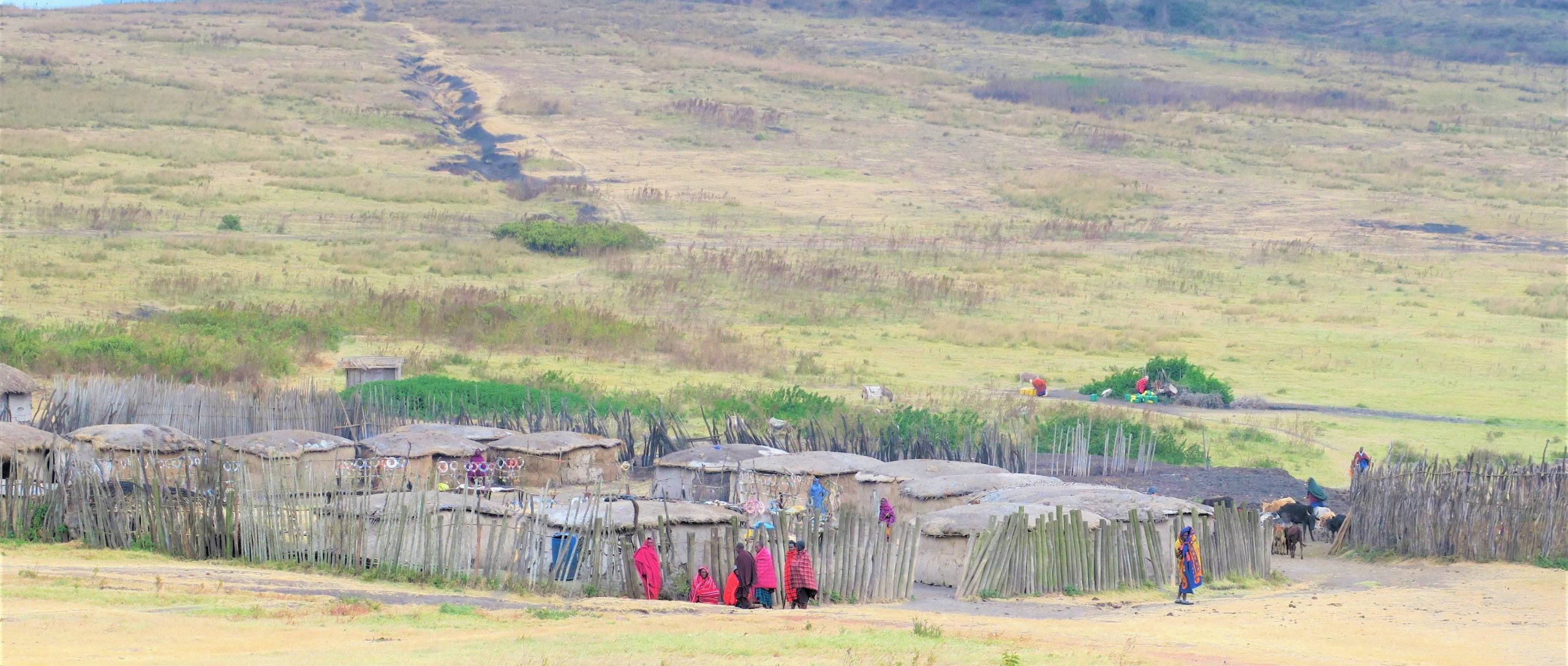The Masai (or Maasai, “those who speak the Maa language”) are the most famous and well-known tribe in East Africa. Proud, tall and strong, fierce warriors in the defense of their lands and especially their livestock, are much more than the folklore of their dances to which the most superficial tourism reduces them.
The origins
Transhumant shepherds of Nilotic origin, the Masai have probably migrated around 1600 from the Nile valley to Ethiopia and Sudan to finally settle, with their cattle, in Masailand, between Kenya and Tanzania, on the highlands of the Rift Valley. Feared by all the tribes, the Masai weakened due to the colonization and division of their lands between Kenya, English colony, and Tanganyka, German colony that together with Zanzibar constitutes the present Tanzania. In 1890 they were decimated by measles, plague disease and drought: only 25,000 Masai survived. Visiting Kenya and Tanzania you meet Masai who live in the city and who combine their identity with modern life, but there are still many who have not succumbed to the flattery of the West and who continue to live in respect of an ancient tradition: In the tribe the Masai lead a hard life, marked by the care of the cattle and the warrior education, in the huts of mud and dung of their typical circular boom, where at every sunset they withdraw their precious herds.
The social structure
Defining ‘patriarchal’ the social structure of the Masai is simplistic and reductive: more than patriarchal, the organization is familiar in the broadest sense, the clan being the true hallmark of the life of a Masai, man or woman it may be. The continuity, the wealth, the survival of the clan, are the end of every Masai tradition. Men and women bend their lives to the clan, in a hierarchical structure that affects males as well as females: if men dictate the rhythms of male generations, women, in a context where polygamy is the norm, They help in the management of family life and in the education of children, coordinated by the first wife of their husband who takes care of them as an older sister, while enjoying, each, their own autonomy. From birth the life of the Masai is marked by rites of passage, the first of which is the life itself, declared as such only after months, when the mother feels to have the reasonable certainty that the child is healthy and able to survive; First, the baby has no name, no family, only the single mother. The males, subdivided by age groups, pass from children to young warriors (with the rite of circumcision), then to old warriors (stage where one can get married), to adults (young elderly), and finally to old people. Each step lasts several years, and each group, consisting of an age class, passes grade by grade according to the scan of the years decided by the elderly. The division of the male population into fixed groups, which together grow and perform all the steps of life, is an element of strong cohesion in the clan and ensures its harmony. The elderly community also chooses the leaders of each group, but the supreme leader is the ol-oiboni, a life assignment of great commitment and responsibility, entrusted on the basis of a strict evaluation of the moral and physical qualities of each subject. The ol-oiboni is not a leader in the traditional sense of the term, but the clan resorts to its advice for the supernatural and prophetic gifts that are attributed to it.
Every passage of the life of the Masai is celebrated by a ritual ceremony, but no rite is instead dedicated to death: the Masai are not interested in the beyond that they do not know and do not care to bury the bodies of their deceased, who abandon in nature.
The Masai believe in one God, who made the earth fertile, created the sun, the moon, the stars, the man and the woman, and gave to the Masai all the cattle, leaving to the other peoples the wild animals.
The condition of women
The birth of a female is greeted as a blessing, because the whole Masai economy is based on the woman: the construction of the hut, the collection of water, the procreation and the care of their own children and other wives. The daily life is based on the work of women, wives of the same man who help and cooperate to fulfill their many responsibilities. Each wife lives in her hut with her children, and the husband sleeps “in turn” with each of them. A woman’s life is therefore precious but very hard. Marriages are always arranged, sometimes from before birth, when neighboring families seal their solidarity by assigning their children to marry. On the exchange between daughters given in wives and cattle is based the economic equilibrium of a people that on the number of cows and wives measures their wealth and guarantees their subsistence. Only in the very rare cases where a man has not even had a son, one of his daughters is allowed not to marry (or, from another point of view, it is forbidden to marry) and mate at will to give the family the male child to ensure its continuity. The girls are led to the acceptance of such a hard life through the trauma of genital mutilation, organized by the mothers in the privacy of their hut.
The whole tribal world brings with it, along with the fascination of a culture that we can define as “original”, the horror of practices incomprehensible and rightly reprehensible to our awareness and culture; mediating is impossible, but helping you can and must: By visiting the tribes, we make our economic contribution to their survival, and by supporting the association of the courageous Rhobi Samwelly Hope for girls & women, we contribute to the fight against the practice of mutilation and the containment of its consequences.

